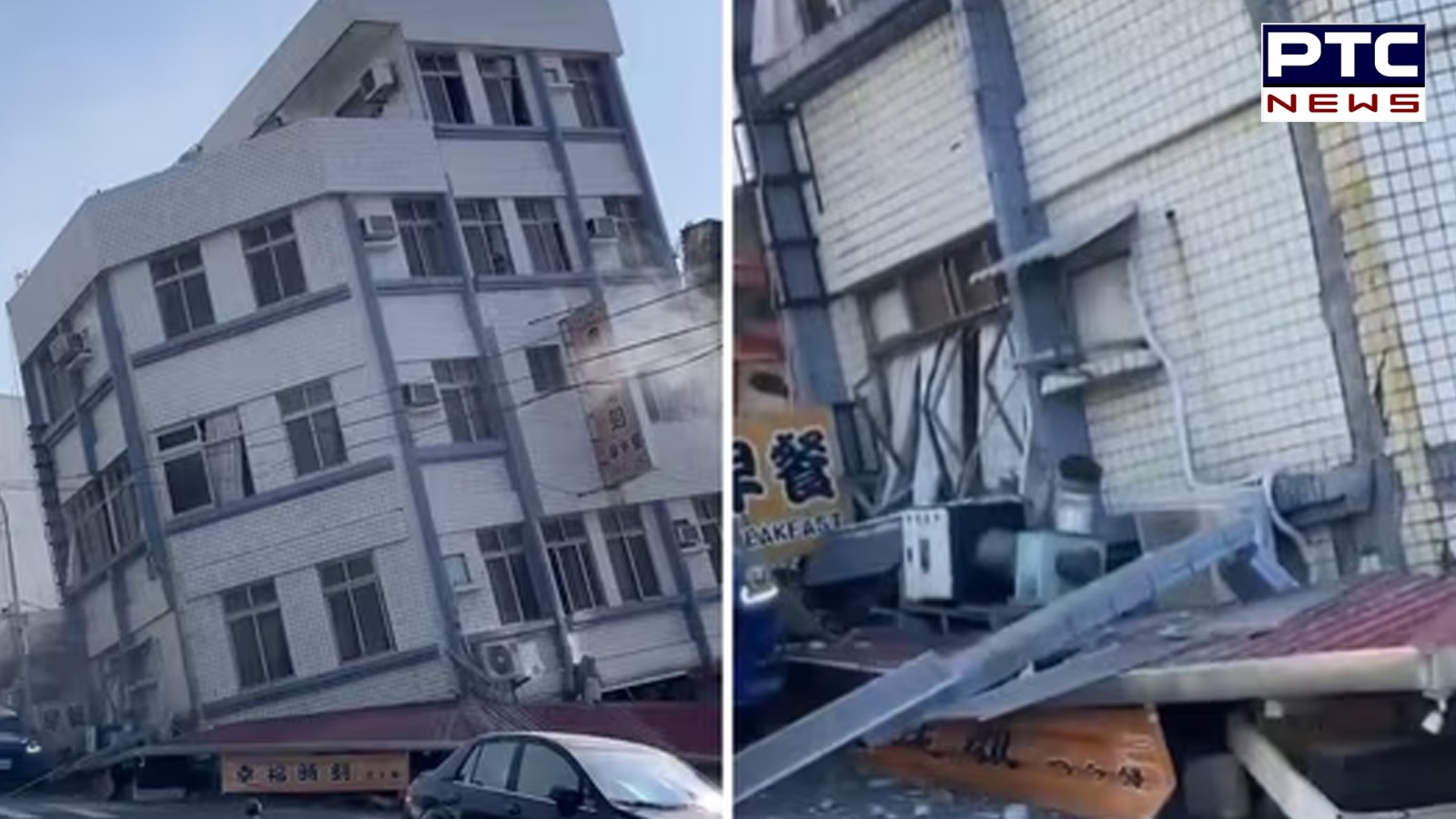

Taiwan earthquake: Why earthquakes are common in Ring of Fire? Explained
Taiwan earthquake: Taiwan has been struck by its most powerful earthquake in over 25 years, resulting in nine deaths and over 800 injuries. The quake, with a magnitude of 7.2 according to Taiwan's monitoring agency and 7.4 according to the US Geological Survey (USGS), had its epicentre just 18 km south-southwest of Hualien County in eastern Taiwan. This tragic event sheds light on Taiwan's vulnerability to earthquakes and its location along the Pacific Ring of Fire, a region notorious for seismic activity.
The Pacific Ring of Fire
The Ring of Fire is a horseshoe-shaped zone encompassing approximately 40,250 km, dotted with hundreds of volcanoes and earthquake-prone areas. It marks the convergence of multiple tectonic plates, including the Eurasian, North American, Juan de Fuca, Cocos, Caribbean, Nazca, Antarctic, Indian, Australian, and Philippine plates, encircling the vast Pacific Plate. Stretching through 15 countries, including the USA, Indonesia, Mexico, Japan, Canada, and the Philippines, this region experiences intense geological activity.
/ptc-news/media/media_files/taiwan-1306-pmjpeg)
Earthquakes in the Ring of Fire result from the dynamic interactions between tectonic plates. These plates constantly slide past, collide with, or move above or below each other. The rough edges of these plates become stuck, causing stress to build up until the plates suddenly slip, resulting in seismic activity. Taiwan, located within this zone, experiences earthquakes due to the convergence of the Philippine Sea Plate and the Eurasian Plate.
Volcanoes in the Ring of Fire
The prevalence of volcanoes in the Ring of Fire is also attributed to tectonic movements, particularly subduction. Subduction occurs when one tectonic plate is forced beneath another, creating a deep trench. This process generates magma as the subducted plate heats up and volatile elements mix, leading to volcanic eruptions. The Ring of Fire hosts numerous subduction zones, making it a hotspot for volcanic activity.
/ptc-news/media/media_files/Qg1Usby2JThOIr8R2Z4N.jpg)
Taiwan's Earthquake
The recent earthquake in Taiwan serves as a grim reminder of the region's seismic vulnerability. The collision between the Philippine Sea Plate and the Eurasian Plate beneath Taiwan's surface creates immense pressure, resulting in frequent earthquakes. The quake's epicentre near Hualien County, an area prone to seismic activity, underscores the ongoing geological processes shaping Taiwan's landscape.
The earthquake's aftermath has been devastating, with nine lives lost and hundreds injured. Rescue efforts are underway to assist those affected, highlighting the urgent need for disaster preparedness and mitigation measures in earthquake-prone regions like Taiwan.
Also Read | Restoration efforts bear fruit: Historic Ber trees at Golden Temple regain vibrancy
Also Read | What is Rahul Gandhi's bank balance, source of income? Check Here
Also Read | Where is Raghav Chadha? Questions swirl around his absence amid tumultuous political landscape of AAP
Also Read | Why Katchatheevu island dispute has resurfaced ahead of 2024 Lok Sabha Elections" class="smart-link" href="https://www.ptcnews.tv/tags/lok-sabha-elections" target="_top">Lok Sabha elections? Explained
-
